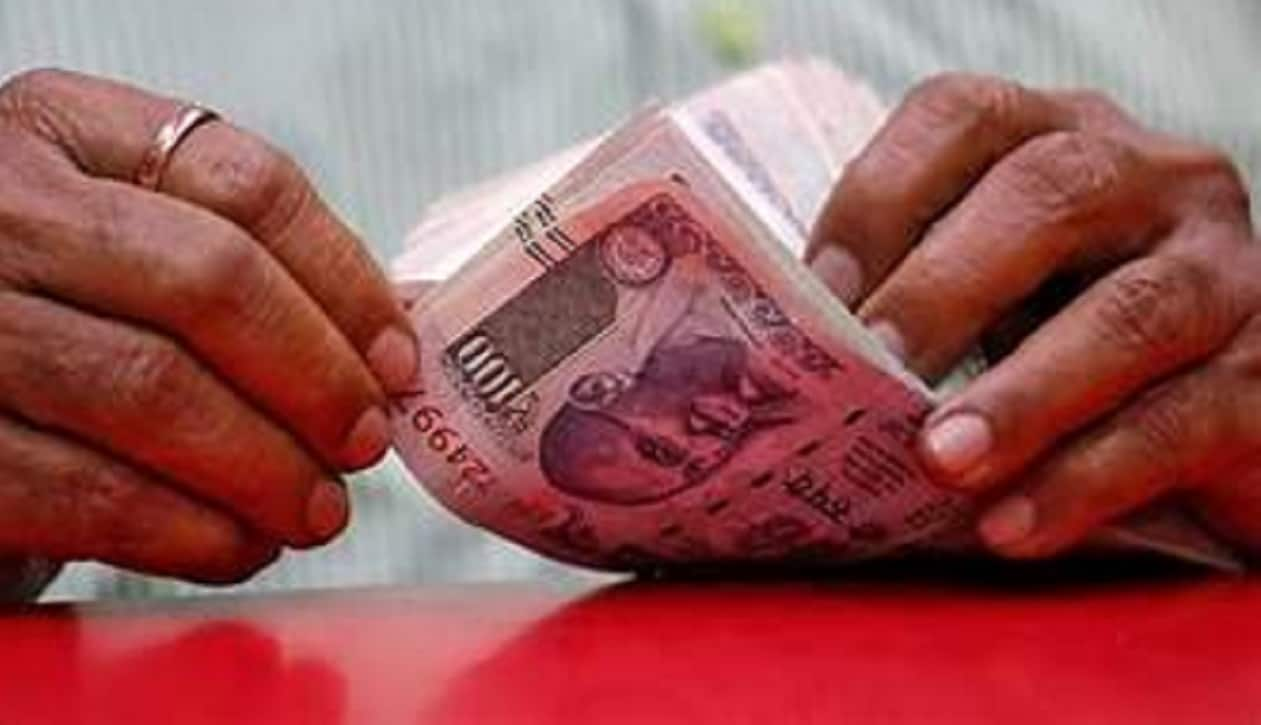The Indian rupee ended at 84.03 per US dollar, down from 83.8025, a new all-time low. The Indian rupee was trading at 83.8450 against the dollar before this fall. This is the series of successive lows for the Indian rupee, which had already seen depreciation over the past week.

Also Read: Coca-Cola to Pay $6 Billion in Back Taxes Amid IRS Dispute
The dollar index fell by about 0.5% to 102.6, its lowest since March. This index measures the strength of the US dollar against a basket of six major currencies and its decline indicates a weakening dollar globally.
Other Asian currencies saw a rise of 0.1% to 1.7% with the offshore Chinese yuan reaching its strongest level since January.
One of the primary reasons for the rupee’s decline is the outflow of foreign funds from the Indian stock market. This has been by global financial uncertainties and fears of a US recession.
The unwinding of carry trades particularly those using the Chinese yuan to fund long bets on the Indian rupee.
Carry trades are investment strategies that exploit interest rate differentials between countries and the market volatility has led to a reversal of these trades.
The Reserve Bank of India has intervened in the foreign exchange market to limit the Indian rupee’s losses. The rupee has continued to slide.
Ahead of the RBI’s monetary policy meeting, analysts expect the USD/INR exchange rate to remain volatile. The policy decisions could play a crucial role in stabilizing the rupee.
The BSE Sensex and Nifty 50, India’s benchmark stock indices have experienced their worst single-day declines in over two months.
The Sensex dropped by 2,222.55 points (2.74%) to 78,759.40, while the Nifty 50 fell by 662.10 points (2.68%) to 24,055.60.
The sharp fall in domestic equities contributed to the outflow of foreign funds, putting downward pressure on the rupee.
Concerns about a possible US recession have heightened global market volatility leading to risk aversion and impacting emerging markets like India.
The dollar index, which measures the US dollar’s strength against a basket of six currencies fell to 102.53 from 103.21 on Friday, the lowest since January 10.
Also Read: GameStop-owned Game Informer is Shutting Down After 33 Years
Global geopolitical issues and tensions including developments in the Middle East are also contributing to the market’s nervousness.
The benchmark Sensex plunged by 2,222.5 points or 2.74% on Monday.
The 10-year government bond yield settled at 6.86%, the lowest since March 31, 2022, down from 6.90% on Friday.
Bond yields dropped due to a fall in US treasury yields, which increased the attractiveness of Indian bonds. Expectations of a rate cut by the US Federal Reserve have further bolstered the bond market.
There is speculation of a potential 50 basis points rate cut by the US Federal Reserve, which is encouraging investors to move into bonds.
The US economy added only 114,000 jobs in July, below market expectations of 175,000. The unemployment rate unexpectedly increased to 4.3%.
The disappointing jobs report has intensified fears of a US recession leading to a sell-off in US and Asian equities and impacting the Indian market.
Crude oil prices fell to $75.25 per barrel amid recession fears with Brent crude futures trading 1.9% lower and WTI futures down 2%.
The Reserve Bank of India (RBI) may intervene in the forex market to stabilize the Indian rupee, though its primary aim is to manage volatility rather than target specific exchange rates.
The RBI has intervened through liquidity management including selling dollars to prevent steep Indian rupee depreciation.
Forex dealers are monitoring global developments and RBI actions to gauge the rupee’s trajectory. There is a consensus that the rupee may face pressure with potential support at 83.45 and resistance at 83.95 possibly reaching 84.10/84.20.
On Friday, Foreign Institutional Investors (FIIs) were net sellers, offloading Indian shares worth ₹3,310 crore.
This sell-off reflects a lack of confidence in the Indian market contributing to the Indian rupee’s decline.
Domestic Institutional Investors (DIIs) purchased shares worth ₹2,965.94 crore, partially offsetting the FII sell-off. However this was not enough to stem the overall negative trend.
Also Read: Boeing Appoints Robert Kelly Ortberg as the New CEO























